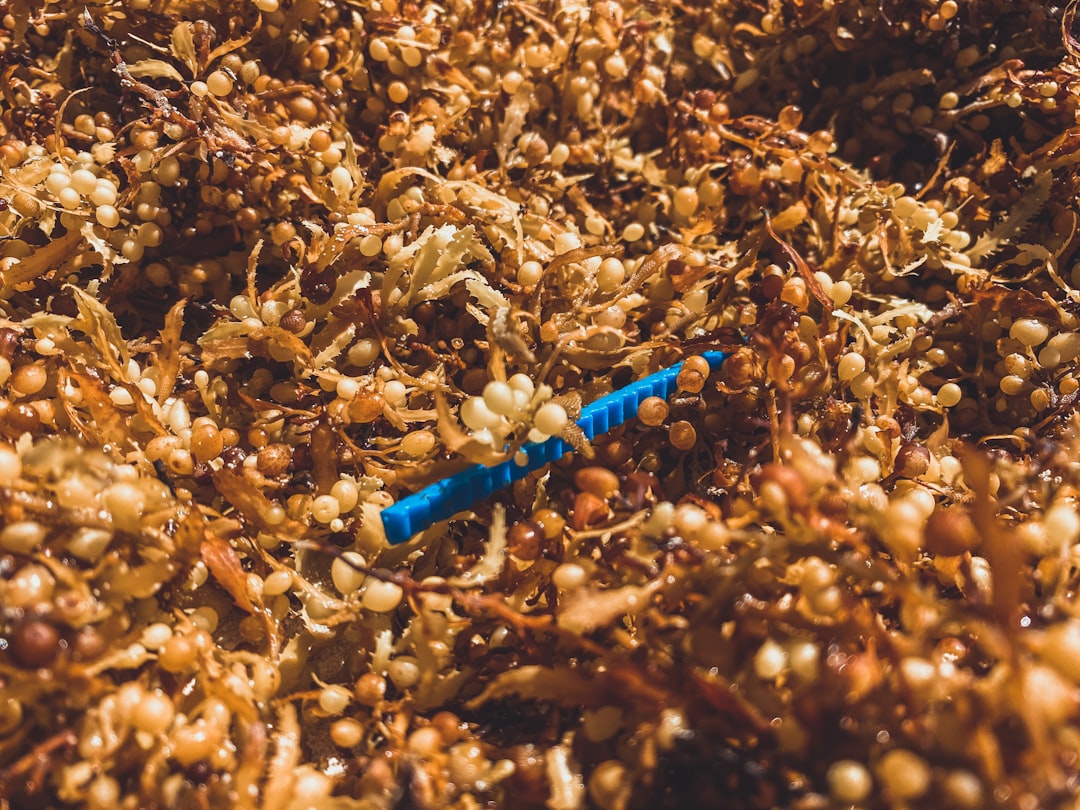What is it about?
Festuca varia grasslands occupy extensive areas in the alpine belt of the Caucasus. In the Teberda reserve the dominant, narrow-leaved grasses Festuca varia and Nardus stricta contribute up to 56% and 22% respectively to the total biomass of the community. How does community composition and structure change after removal of the dominant, and is any species able to replace the dominants in abundance and function? We experimentally removed Festuca varia and Nardus stricta (as single dominants and both together). After 20 years of treatment we compared the expected increase in species richness per plot, aboveground phytomass, community biomass-weighted mean specific leaf area and leaf dry matter content, as well as the interannual dynamics of functional groups and the most abundant species.
Featured Image
Why is it important?
We show a key role of dominant narrow-leaved grasses in Festuca varia grassland and their ability to determine the structure of this community.
Read the Original
This page is a summary of: No other species can replace them: evidence for the key role of dominants in an alpine Festuca varia
grassland, Journal of Vegetation Science, April 2017, Wiley,
DOI: 10.1111/jvs.12530.
You can read the full text:
Contributors
The following have contributed to this page










